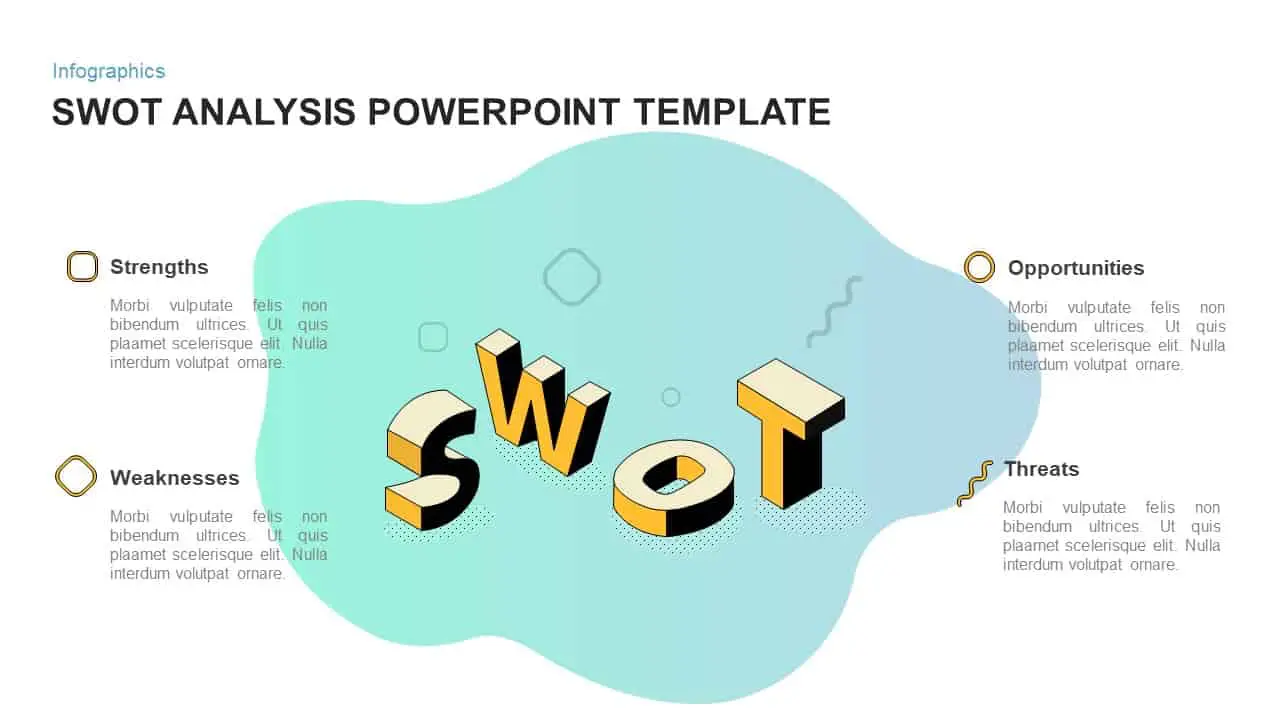The Number Formatting Rules That Make Your Financial Presentations Look Executive Ready

When your team presents financial data to executives, investors, or board members, the numbers don’t just convey information; they signal your professionalism and attention to detail. Inconsistent number formatting across slides immediately undermines confidence in your data, while thoughtfully formatted figures enhance comprehension and credibility.
As someone who manages presentation teams, you’ve likely seen both extremes: pristine decks where every number follows clear conventions, and chaotic presentations where each team member formats numbers according to personal preference. The difference in executive reception is dramatic.
This guide will help you establish and implement number formatting rules that make your financial presentations look polished, professional, and executive-ready.
Why Number Formatting Matters in Executive Presentations
Before diving into specific rules, let’s understand what’s at stake when presenting financial data to decision-makers.
Research shows that clear and concise language is essential in financial performance presentations to ensure understanding by all audience members. Visual aids like properly formatted numbers in charts, graphs, and tables significantly enhance engagement and comprehension (source).
Poor financial presentation design, including inconsistent number formatting, directly undermines confidence. Executive-ready presentations use clear navigation, consistent formatting, and proper source citations to build credibility and facilitate decision-making (source).
When numbers appear haphazard or difficult to interpret, executives spend mental energy deciphering formats instead of focusing on the insights those numbers represent. Consistent formatting helps them quickly grasp magnitude, trends, and relationships within your data.
Essential Number Formatting Rules for Financial Presentations
1. Standardize Units and Scale Consistently
One of the most common formatting mistakes is mixing units across slides. When one slide shows revenue in thousands, another in millions, and yet another in actual dollars, audience members must mentally convert each figure to make comparisons.
Best Practices:
– Choose a single unit scale for each metric throughout the presentation
– Indicate scale clearly in table headers, axis labels, or slide titles
– Use consistent abbreviations: “$5.2M” or “$5.2 million”
– For mixed data ranges, scale to the largest reasonable unit
Example:
Instead of writing “$5,243,000 in Q1 and $6,372,000 in Q2,” write “$5.2M in Q1 and $6.4M in Q2.”
Financial statements should always have numbers right-aligned for readability and comparison, according to formatting best practices for financial statements (source).
2. Apply Strategic Rounding
Excessive precision creates visual clutter and suggests a false sense of accuracy. Strategic rounding makes numbers more digestible while preserving their meaning.
Best Practices:
– For figures over 1 million: Round to 1 decimal place ($4.2M not $4.23M)
– For figures between 10,000 and 1 million: Round to thousands ($245K not $244,783)
– For percentages: Maintain consistent decimal places (one decimal for most metrics)
– For growth rates: Use one decimal place (8.3% not 8.25%)
– For margins: Use one decimal place consistently
Example:
Instead of “Profit margin increased from 12.37% to 14.62%,” write “Profit margin increased from 12.4% to 14.6%.”
A well-structured executive presentation includes clear formatting and visuals like charts or infographics to present complex data accessibly. Conciseness in number presentation is critical to engage busy decision-makers (source).
3. Implement Significant Figures Rules
Significant figures communicate the precision of your measurements while eliminating false precision. This concept is particularly important when combining data from different sources with varying degrees of accuracy.
Best Practices:
– Maintain 2-3 significant figures for most business metrics
– Ensure consistent significant figures within data tables
– Use fewer significant figures for estimates and projections
– Use more significant figures only when the precision is meaningful and verified
Example:
Instead of “Estimated market size: $4,351,287,” write “Estimated market size: $4.4M.”
4. Format Currency Values Consistently
How you display monetary values significantly impacts readability and comprehension.
Best Practices:
– Position currency symbols consistently (either adjacent to the number or in column headers)
– Apply thousand separators consistently (commas in the US, spaces or periods in other regions)
– For international presentations, use the primary audience’s currency convention
– For multi-currency presentations, clearly indicate the currency for each value
– Align decimal points in columns of numbers
Example:
Instead of a mix of “$1234.56” and “1,234.56 USD,” standardize to “$1,234.56” throughout.
Financial and budget presentations must simplify complex figures while providing strategic justifications. The tone should be clear, confident, fact-based, and numbers-driven to engage executive audiences effectively (source).
5. Format Percentages With Precision and Clarity
Percentages require special attention because they communicate important relationships and trends.
Best Practices:
– Position percentage symbols consistently (either with each number or in column headers)
– Use consistent decimal precision (typically one decimal place)
– For small percentages (<1%), use two decimal places for meaningful distinctions
– For year-over-year or period comparisons, maintain consistent decimal places
– Consider using “pp” (percentage points) notation for changes in percentages
Example:
Instead of “Market share grew from 23% to 24.5%,” write “Market share grew from 23.0% to 24.5%, a 1.5 pp increase.”
6. Format Ratios and Indexes for Quick Comprehension
Ratios and indexes often represent complex relationships that require careful formatting.
Best Practices:
– Express simple ratios using a colon (2:1) or fraction format (2x)
– Format financial ratios with consistent decimal places (Current Ratio: 2.4)
– Format index values with consistent base reference (2022 = 100)
– Use consistent notation for comparison (120 vs. base 100, or +20%)
Example:
Instead of “Price-to-Earnings ratio improved from 12.342 to 14.897,” write “P/E ratio improved from 12.3 to 14.9.”
Implementing Footnotes and Source Citations
Properly cited data builds credibility. Executives need to understand where numbers come from and any caveats that might affect interpretation.
Best Practices:
– Use consistent, unobtrusive footnote markers (superscript numbers)
– Include data source and time period for all charts and tables
– Note calculation methodologies for derived metrics
– Highlight assumptions that materially affect the numbers
– Keep footnotes brief but precise
– Consider a dedicated source slide for detailed methodology
Example:
“Revenue grew 12% year-over-year¹” with a footnote: “¹Based on constant currency; includes acquisition of XYZ Corp effective March 2023.”
Using consistent monochromatic color schemes based on company branding improves the professionalism of financial presentations. Color use should highlight important items with darker or brighter shades consistently applied throughout (source).
Establishing Team Standards for Number Formatting
As a presentation team leader, you need to create and enforce number formatting standards across your organization.
Create a Formatting Style Guide
Develop a comprehensive style guide that addresses:
– Unit scales for common metrics (revenue, headcount, market size)
– Rounding conventions by metric type
– Currency formatting standards
– Percentage and ratio formatting rules
– Table and chart number formatting
– Footnote and citation standards
Your style guide should include visual examples of correct and incorrect formatting for common scenarios your team encounters.
Implement Quality Control Processes
Build formatting checks into your review process:
– Designate a “number formatting” reviewer on your team
– Create a pre-submission checklist that includes number format verification
– Develop templates with built-in number formatting
– Implement peer review focused specifically on number consistency
Train Your Team Effectively
Don’t assume everyone understands these principles:
– Conduct hands-on workshops showing before/after examples
– Share the reasoning behind formatting rules, not just the rules themselves
– Create a quick-reference card for common number formats
– Recognize and showcase best practices from team members
The Executive Impact of Proper Number Formatting
When your team consistently applies proper number formatting, executives notice—even if they don’t explicitly comment on it. The benefits include:
Improved Comprehension: Executives grasp key points faster without needing to mentally convert or reconcile inconsistent formats.
Enhanced Credibility: Polished, consistent formatting signals attention to detail and data rigor.
Focused Discussion: Meetings center on insights and decisions, not clarifications about the numbers themselves.
Stronger Narrative: Consistent formatting helps emphasize patterns and trends that support your message.
Reduced Cognitive Load: Executives can focus their limited attention on what the numbers mean, not how to interpret them.
Poor financial presentation design undermines confidence due to cluttered charts, inconsistent formatting, and difficulty interpreting key metrics. Properly formatted numbers help build credibility and facilitate decision-making among executive audiences (source).
Conclusion
Executive-ready financial presentations depend on meticulous number formatting that respects your audience’s time and cognitive capacity. By implementing consistent rules for units, rounding, currency values, percentages, ratios, and source citations, your team can produce presentations that enhance comprehension and credibility.
As a presentation team leader, your investment in number formatting standards pays dividends in executive trust and more efficient review cycles. The hallmark of truly professional financial presentations isn’t flashy design; it’s consistent, thoughtful number formatting that lets your insights shine through.
Establish your standards, train your team, and watch as your financial presentations transform from data dumps to decision-driving executive briefings.


